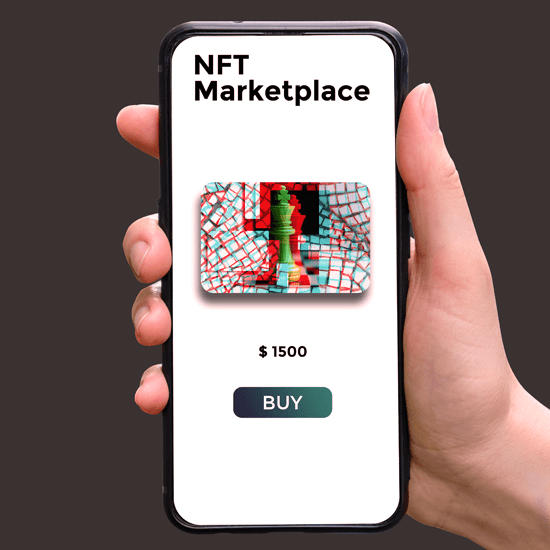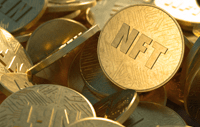
NFTs or non-fungible tokens. You may have heard of them and thought “huh?”.
First, an important definition. Fungibility has nothing to do with fungus but refers to a good or asset that can be swapped for another good or asset. A U.S. dollar bill is a good example because any U.S. dollar bill can be exchanged for any other U.S. dollar bill. They’re identical. A plane ticket, on the other hand is non-fungible: it represents a particular seat on a particular flight of a particular airline reserved for you. You can’t exchange it with other people or for different flights, without a big hassle.
So, a “non-fungible token” or NFT is a token that holds value for a specific asset and attests that the owner of the asset is the real one. NFTs are secure and stored on public blockchains, like cryptocurrencies are. They’re currently popular for virtual collectors of video art, music, game assets and even virtual NBA trading cards. How popular? Well recently, a 10-second video by the artist Beeple sold online for $6.6 million and another collage of 5,000 of his digital works sold for… $69 million!
If you think NFTs are a little out there, you’re not alone. But the reality is collectors pay big money for lots of things – for instance, a little paint on a canvas of a certain famous Italian maiden by Leonardo Da Vinci is now believed to be worth more than $850 million.
The good news is not all NFTs are worth millions of dollars — yet — and can be bought and sold on specialized sites like Zora, Rarible and Opensea, as well as via certain crypto wallets.
To learn more about NFTs and how you can invest, here’s a good rundown and here’s another.
What are your thoughts on NFTs? Are you interested or do you think they’re just another fad? Share your two fungible cents with the Shop Talk community!

Did you know? NFTs are big money
In the first six months of 2020, the NFT market generated $13.7 million in sales. Twelve months later, sales were $2.5 billion! (Source)
